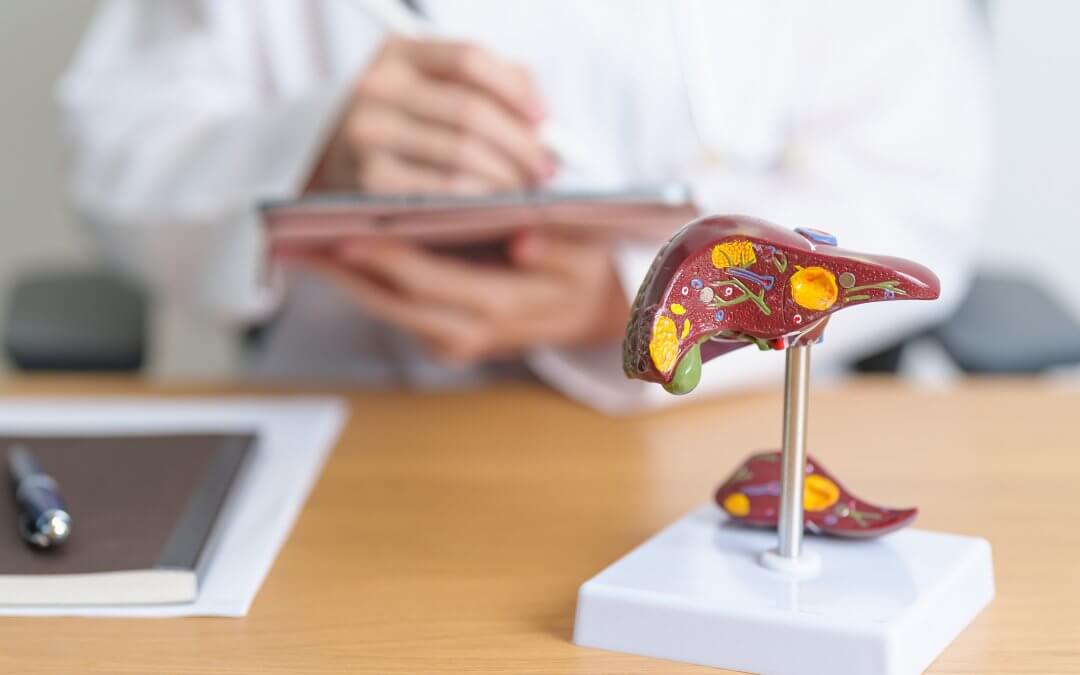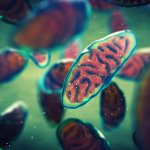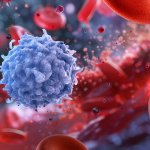The liver is a remarkably resilient organ – the only organ in the body capable of regenerating itself when damaged.[1] Damage to the liver does, however, build up over time, eventually leading first to chronic (long-term) liver disease and then, inevitably, to liver failure.[2] If liver failure occurs suddenly and also involves the failure of other organs, it is called acute-on-chronic liver failure (ACLF).[3]
A lack of treatment options
The odds of ACLF occurring increase as a patient’s chronic liver disease worsens, ranging from around 7%[4] in the early stages of cirrhosis (which itself is the final stage of chronic liver disease) to about 35%[5] in the end stage. It can, however, even happen in very early chronic liver disease, although this is quite rare.[6]
ACLF is generally triggered by something negative happening to the liver, such as drinking alcohol, bacterial infections, sepsis, or a hepatitis flare[7][8]. In up to 40-50% of cases, though, the trigger is never conclusively identified.[8] Whatever the cause, the result is an uncontrolled, intense systemic inflammation, which then leads to organ damage and failure. This, in turn, worsens the inflammation, leading to a vicious cycle.[3][9] Depending on the severity of the organ failure, 28-day mortality for ACLF can vary from around 18% to as high as nearly 89%.[7]
Treatment options for ACLF are limited to identifying and treating the triggering event, as well as supporting failing organs and managing complications while helping the body to recover.[7][10] A liver transplant is the only effective treatment, with survival rates for patients with severe ACLF who receive a transplant reaching nearly 80%.[7] However, not every patient may be eligible for a transplant[10] or, for that matter, find a match in time, given how quickly ACLF progresses[3][11]. There is therefore an urgent need for a treatment for ACLF that does not rely on a liver transplant.
Addressing the root cause
Because systemic inflammation is a key component of ACLF, an effective treatment must target this as well as the underlying liver damage. This is not always possible with currently available treatment options. Treating the trigger for the inflammation can make a difference,[11] but this cannot even always be conclusively identified. Moreover, the only available method to treat liver damage once it has reached the chronic stage is a transplant, which, as previously mentioned, is not always an option.
Mesenchymal stem cells (MSCs) are powerful, tissue-forming stem cells, which can help in wound healing and tissue regeneration. MSCs also have a strong potential for regulating the body’s immune response and reducing inflammation. It is these properties that have drawn researchers’ attention to their potential uses in the field of regenerative medicine,[6][12] and that could make a difference in the treatment of ACLF by helping to regenerate the liver as well as reducing systemic inflammation.[3][6]
MSC therapy for ACLF is in the early stages of development; recently, a systematic review and meta-analysis of six clinical trials and one retrospective study was conducted, in order to better assess its safety and effectiveness.[3]
What were the results of the analysis?
Across the board, MSCs proved to be a safe treatment for ACLF, with no adverse events or serious side effects being recorded in any of the individual studies. What’s more, study results indicate the treatment could indeed prove to be effective.
Firstly, the review authors pooled data from a total of 363 patients to analyze scores on the Model for End-Stage Liver Disease (MELD) scale. This scale is used to assess the severity of chronic liver disease and determine the urgency of a liver transplant.[13] MELD scores were found to have significantly decreased in patients who underwent the treatment, indicating an improvement in liver function and a better chance of survival.
Next, the authors analyzed the reported data on levels of albumin, a key protein made by the liver. Across the studies which reported them, albumin levels were shown to have increased, confirming the boost to liver function. Other markers of liver function also improved, although these were not found to have been statistically significant.
The authors also performed a time analysis, hoping to determine the best time to perform the treatment. They found that liver function improved at 4 and 24 weeks post-therapy in the treatment group when compared to the control group. However, there were no statistically significant differences between the two groups either earlier (2-week mark) or longer term. Thus, the authors suggest that the best result may be achieved by repeating the treatment once efficacy begins to wane.
Furthermore, the authors note that more research is needed to identify the best treatment route, as there currently isn’t enough data to conclusively determine this. Scientists are also still investigating the best source of MSCs for treatment; of the many possible sources, most of the studies included in the review used MSCs from the umbilical cord.
The promise of stem cells
Larger, more wide-ranging trials are needed to determine whether MSC treatment for ACLF is truly effective. Still, this research, along with ongoing studies into the use of stem cells for the treatment of other diseases and conditions, highlights the potential of regenerative medicine. Banking your baby’s umbilical cord stem cells at birth could offer a significant advantage, providing a readily available, personal source of cells for future treatments without having to rely on donated cords or other sources. To learn more about harnessing this potential for your baby’s future health, fill in the form below to request your free guide to stem cell banking.
References
FIND OUT MORE, REQUEST YOUR FREE INFO KIT TODAY
All you need to know to make an informed decision.
Provide your contact details to request:
– Complete Info Kit and your Guide to Cord Blood Banking
– Information via email
– Contact from our specialist advisors








